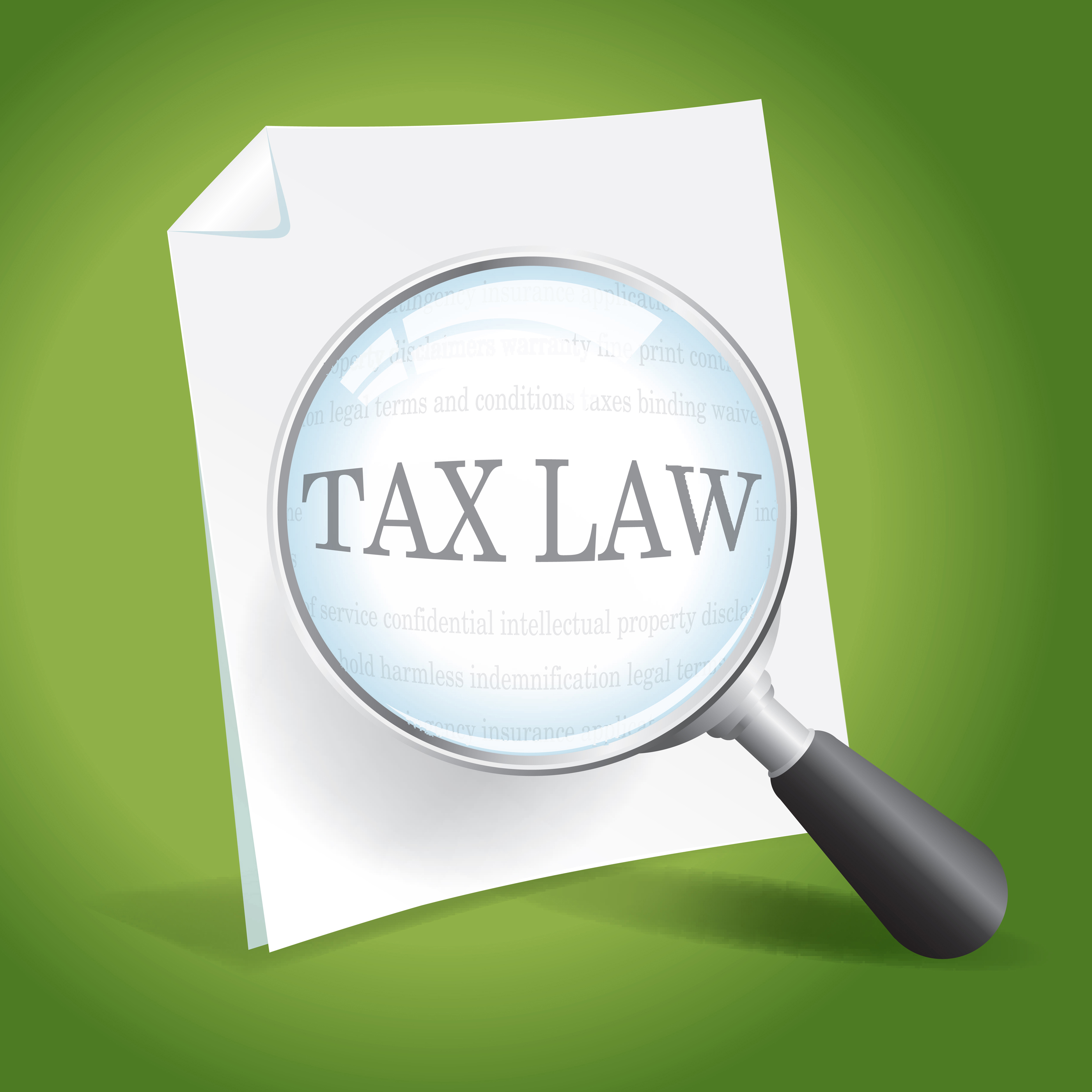
As will be recalled from the previous blog posting that discussed so-called “Controlled Foreign Corporations” (CFC), a United States shareholder of a CFC can possibly be treated as having received “dividend” income at various times. These are when the US shareholder (i) has current income inclusions from the CFC under the anti-deferral regime (Subpart F income); (ii) has amounts actually distributed to him that had not been previously taxed as Subpart F income (these are ‘actual’ dividends); (iii) has amounts actually distributed to him that had been previously taxed as Subpart F income and (iv) recognizes gain on the sale of his CFC stock and the CFC has undistributed earnings and profits.
The question arises whether any of these amounts (i)-(iv), can be treated as “qualified dividend income”? Full details about the tax beneficial treatment of “qualified dividend Read More



















Recent Comments